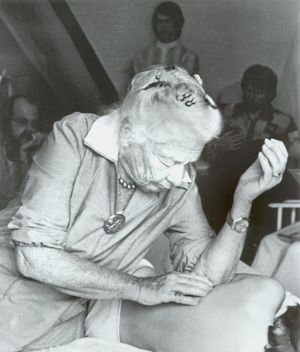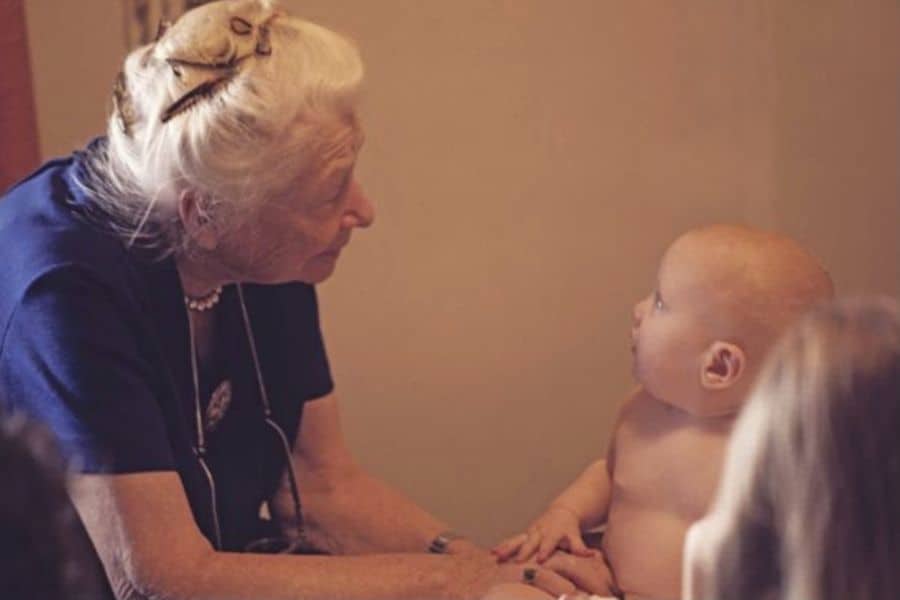 Rolfing® Structural Integration is a holistic approach to the client that uses manual connective tissue manipulation and movement training to improve posture in the gravitational field.
Rolfing® Structural Integration is a holistic approach to the client that uses manual connective tissue manipulation and movement training to improve posture in the gravitational field.
In everyday life, trauma, lifestyle and movement stereotypes can lead to structural and functional problems. Disruption of the natural organization of the body has negative consequences that affect our physical and mental health. The goal of Rolfing® is to correct the imbalance and eliminate the causes of pain and discomfort.
The Rolfing® method influences posture and its structure through manual therapy of connective tissues known as fascia. A continuous fascial network intersects the human body, spreading from the extremities inward, and is one of the main components of the locomotor system. The fascias completely surround all the muscles, nerves, blood vessels and organs of the body, and maintain their shape, provide protection, facilitate their coordination and separate them from each other. The fascial network is a sensitive and receptive system which is characterized by a high degree of flexibility and constantly adapts to the requirements placed on it. Through the unique touch of Rolfers®, we can influence the fascia and restore its functions, which improves the posture of the body, relaxes the tissues, gains a greater range of motion and increases your sense of physical and emotional well-being.
The history of Rolfing®
Rolfing® was created by Dr. Ida Rolf more than 50 years ago. In 1920, Ida Pauline Rolf received her Ph.D. in Biochemistry at Columbia University in New York. Her interest in alternative treatments led her to study osteopathy, chiropractic, yoga and homeopathy. Many of these treatment methods are based on the idea that posture, physiological functions and anatomical structures are interrelated.
Dr. Ida Rolf developed a ten-sessions series that addresses the whole body systematically. The main goal is to align and balance the body´s components so that it can function more effectively.
We are dealing with the problems of the human body in which there is never only one point of contention. I would like you to look more realistically at the circular process, which does not take place in the body, but which is the body. The course of the human body is not linear, it is circular; it is always circular. One thing deviates and its consequences continue on and on. The body is a network that connects everything with everything. Dr. I. P. Rolf

